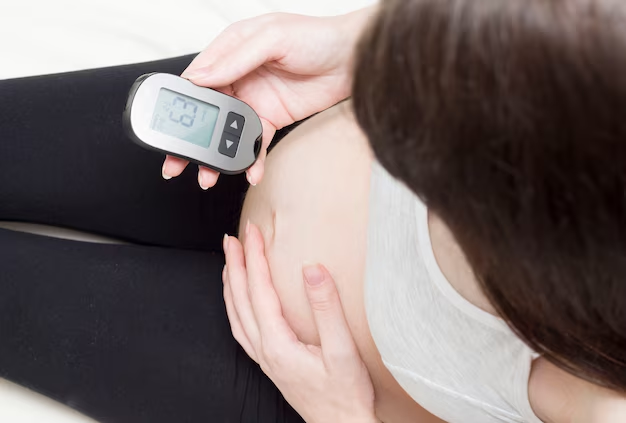How Blood Tests Reveal Diabetes: Key Indicators to Watch For
Detecting diabetes through blood tests may seem complex, but understanding the key indicators can make it a more comprehensible journey. Type 2 diabetes, a prevalent chronic condition, often sneaks up unnoticed, making routine screenings and tests essential. Let’s dive into how a blood test can reveal diabetes and what these results mean for your health.
Key Blood Markers in Diabetes Detection
Fasting Blood Glucose: This test measures your blood sugar levels after fasting for at least eight hours. A fasting blood glucose level of 126 mg/dL or higher on two separate tests suggests diabetes. Consistently elevated levels can indicate that your body either isn’t producing enough insulin or isn’t using it effectively.
Hemoglobin A1c (HbA1c): Often referred to as the glycosylated hemoglobin test, HbA1c provides an average of your blood sugar levels over the past two to three months. An A1c level of 6.5% or higher indicates diabetes. It offers a broader picture and helps identify long-term glucose control, giving you and healthcare professionals insights into your condition's management.
Oral Glucose Tolerance Test (OGTT): This test involves drinking a glucose-rich beverage and then checking blood sugar levels at intervals. After two hours, a blood sugar level over 200 mg/dL confirms a diabetes diagnosis. It’s particularly used when diagnosing gestational diabetes in pregnant women.
Random Plasma Glucose Test: Unlike fasting tests, this can be conducted at any time. A reading over 200 mg/dL, especially with symptoms like extreme thirst or frequent urination, could be a sign of diabetes.
Navigating Life After a Diabetes Diagnosis
Understanding these tests can empower you to take control of your health, but managing diabetes involves more than just monitoring glucose levels. Transitioning into a diabetes-friendly lifestyle might require assistance, which is where financial and educational resources step in.
Financial and Educational Resources
Living with diabetes often incurs additional costs, from medications to lifestyle adjustments. Fortunately, several programs exist to lessen the financial burden and support educational endeavors:
Government Aid Programs: Many government initiatives offer support for diabetes management, covering medications, supplies, and healthcare appointments. Checking eligibility for programs like Medicaid or Medicare could cut down expenses significantly.
Debt Relief and Financial Counseling: Managing medical debt can be daunting. Seek out nonprofit organizations that provide financial counseling to help restructure debts related to medical treatments.
Educational Grants and Workshops: Numerous organizations provide grants for diabetes education programs, empowering you with knowledge on meal planning, exercise, and medication management. Workshops can arm you with the practical skills necessary to navigate daily challenges with diabetes.
By integrating these resources, you can alleviate the financial pressures linked to diabetes, allowing you to focus on health and wellness. Here’s a quick summary of supportive programs and their benefits:
- Medical Financial Assistance: 🏥 Covers costs for medical supplies and medication.
- Debt Counseling Services: 📉 Helps manage and reduce medical debt.
- Diabetes Education Grants: 🎓 Provides access to workshops and courses for better disease management.
- Insurance Programs for Chronic Diseases: 🛡️ Offers comprehensive coverage for long-term treatment and doctor visits.
- Community Support Groups: 🤝 Hosts support networks for sharing experiences and strategies.
Ultimately, blood tests are a gateway to early diagnosis and better management of diabetes, setting the stage for proactive health choices and financial stability. Use these tools not only to take control of your health but also to ensure a more manageable future living with diabetes.
